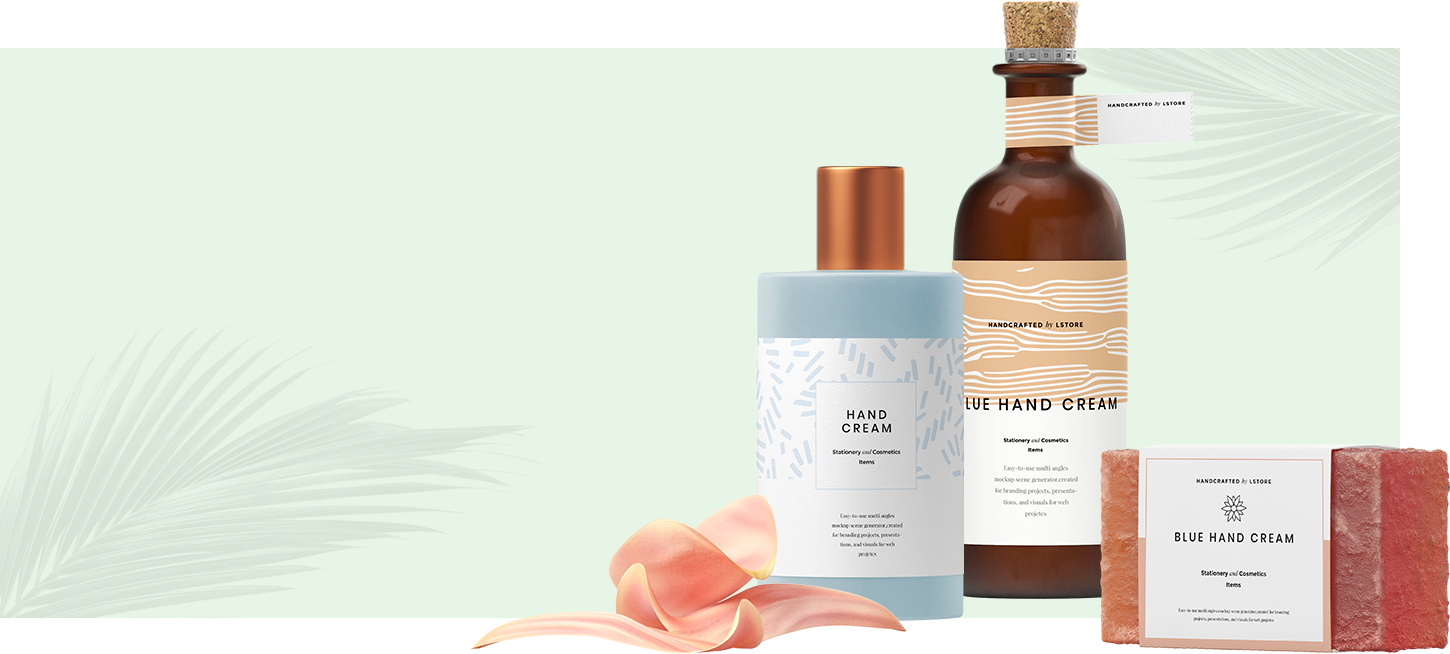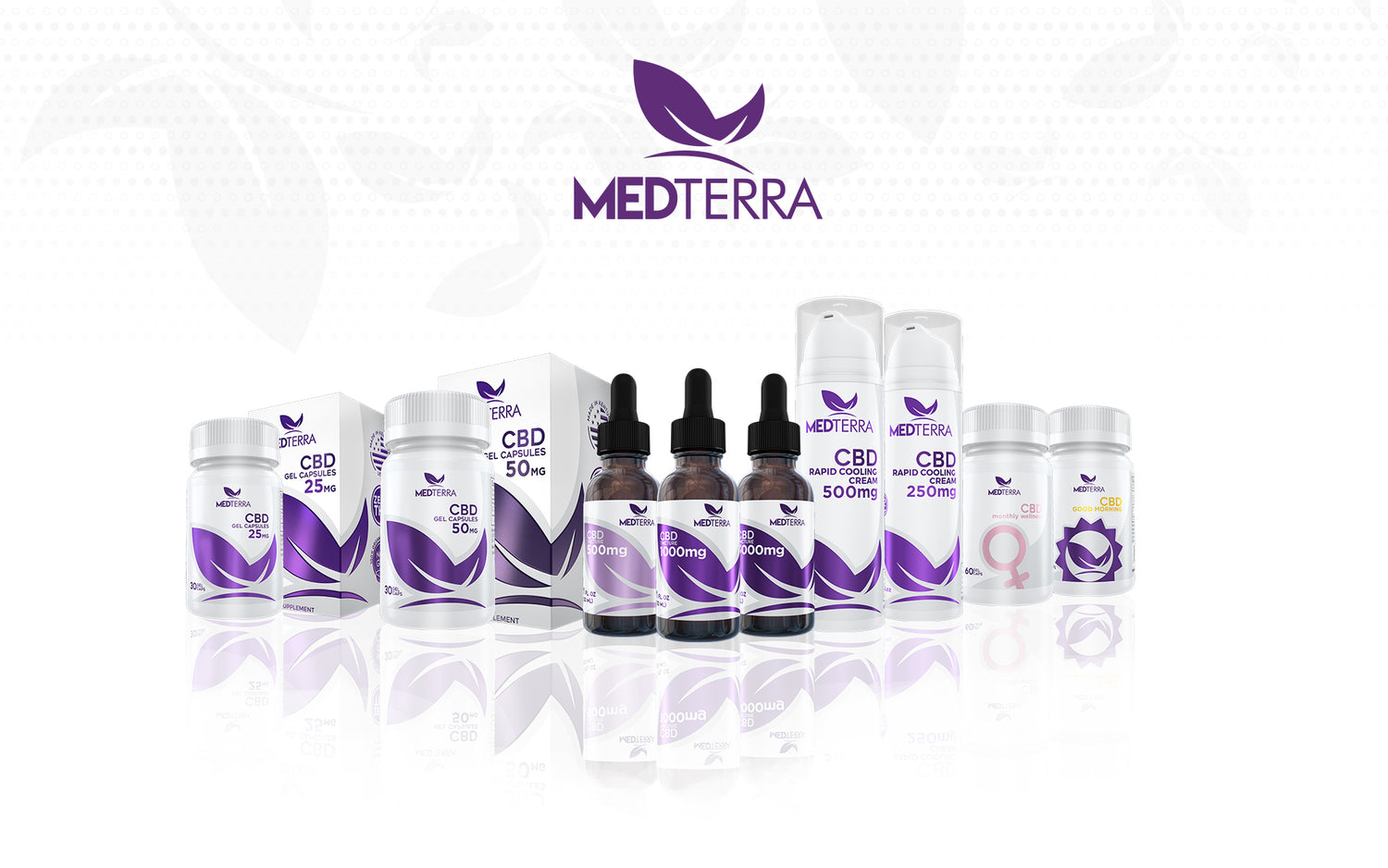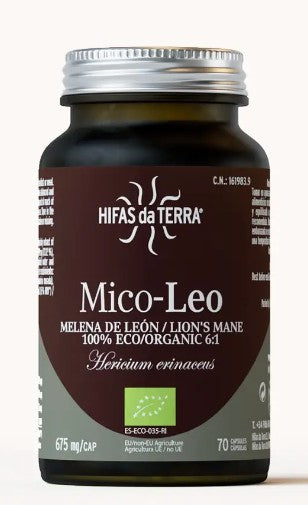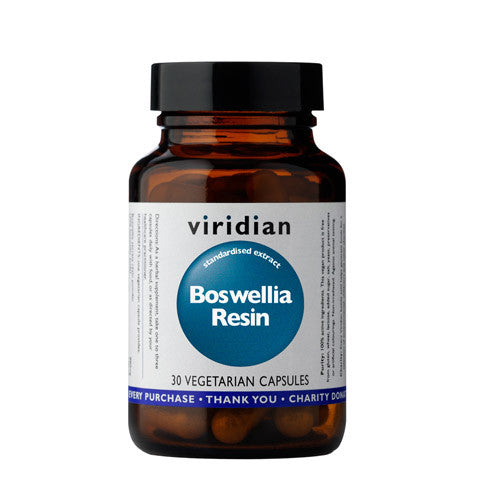What is Eczema?
Eczema is an inflammatory condition of the skin. There are various types of eczema (sometimes referred to as dermatitis) and the skin symptoms are variable. The symptoms are usually characterised by groups of vesicular (blistering) lesions with a variable degree of discharge and scaling.
In some cases dryness and scaling predominate with little inflammation; in more acute cases there may be considerable inflammation and blistering.
The word eczema comes from the Greek to boil over. It commonly itches and in time the itching may produce thickening of the skin (Lichenification), and also as a result of scratching secondary infection may be introduced. Some types of eczema ‘weep' fluid; this type of wet eczema may cause the clothes to adhere to the skin.
Eczema is a distressing condition and it is estimated that one in five people may have some degree of eczema.
What Causes Eczema?
The cause of eczema is not fully understood, but certainly there appears to be a hereditary aspect to it (atopic eczema) with many patients having relatives who also suffer from the disorder. There is also often an allergic component to eczema, and sufferers or their family members may also complain of asthma and hayfever (atopic illness).
Conventional Treatment for Eczema
The most frequently prescribed medications for treatment of eczema are hydrocortisone preparations, also known as topical steroids. Betnovate and Eumovate are two common hydrocortisone creams. They do work well in the short term, causing a marked decrease in skin inflammation and itching, but increasingly patients are not happy with their side effects. Steroids do not offer a long-term cure for eczema and when they are discontinued there may be a severe rebound reaction with the skin becoming markedly worse.
Unwanted side effects may include:
- Thinning of the skin as little as ten days of using steroid creams on the skin may result in damage to the underlying structure of the skin; prolonged use makes the skin fragile and more prone to damage from scratching.
- Bruising this may be an effect of long-term steroid use as prolonged use also causes fragility in the walls of the blood vessels leading to easy bleeding under the skin and bruising.
- Depigmentation This is a fairly common effect. People who have used steroids heavily may find that their skin becomes paler and loses its pigment over the affected areas. There may further more be systemic effects as a large proportion of what you put on your skin is absorbed in to the blood stream. Other orthodox medications may include immune modifiers such as Tacrolimus (Protopic).
Over the counter treatments for eczema include moisturisers and emollients, often prescribed to ease the dryness. These are most often petrochemical in origin, such as E45, Balneum and Oilatum and may also be prescribed as bath oils.
Natural Treatments for Eczema
Many people are not happy with the side effects or the success rate of orthodox medications and are increasingly turning to Herbal remedies for eczema or Homeopathic help. Fed up with the damage that steroids can do they are looking for a natural alternative to steroid creams. Here are some tips that may help you to control your eczema naturally.
Diet
I encourage my patients to eat a whole food diet wherever possible, eating plenty of salads, fruits, vegetables, complex carbs, beans and seeds and nuts. If possible they should eat less dairy, sugar and fried food. Spices may also aggravate as they are heating to the blood. They should be encouraged to drink at least two litres of water daily.
Supplements:
The main one is a good supply of Omega 3 and 6 fatty acids (Essential Fatty Acids). It has been shown that people with eczema have lower than average levels of these substances, which moisturise the skin from within and help to calm down inflammation by releasing prostaglandins.
Naturopathy
The Naturopathic approach is based mainly on diet, environment and hydrotherapy in the form of compresses. The main dietary advice is usually the exclusion of dairy products. This seems to work well for many children, and particularly in the type of eczema, which gets weepy; it might be worth a try for a few months to see if there is any improvement. On a dairy free diet it is usually only cows' products that the child might be sensitive to so goat and sheep's cheeses, milks and yoghurt can be substituted as well as soy products. The diet should also be rich in B vitamins and essential fatty acids which are found in sunflower seeds, hemp, flax, safflower, linseed, evening primrose and fish oils. As children are often picky eaters, I would suggest a supplement of hemp or flax seed should be given. Usually 15mls a day of pure oil or 6 x 1000mg capsules.
The environmental allergies are harder to deal with but naturopaths believe that keeping the child's environment as free from dust mites and their droppings as possible can have a beneficial effect. Dust mites are one of the commonest allergens in asthma and eczema; they also cause a form of hay fever called perennial rhinitis, where the sufferer feels like they have a permanent cold. Dust mites live in even the cleanest of homes. They are microscopic creatures, which live by eating human skin. We each shed millions of fragments of skin daily in the form of skin cells, which feed these mites, and the allergy is often to the dung pellets that they produce. They cannot be eliminated completely but there are some practical steps that you can take to minimise the problem:
Wet dusting at least twice a week and frequent hoovering may help; if the problem is severe a special vacuum with a special fine filtration system will help. The dung particles are too small to be trapped by a conventional Hoover but clinical tests and trials have shown that these special vacuum cleaners are remarkably effective in reducing dust mites and their droppings. In the bedroom there are a few things that can help. Don't make the bed in the morning, but leave it turned down during the day to air. Change the sheets and pillowcases frequently, and every time you change the bed you should turn and air the mattress. Special protective covers for the mattress are available, through which the dust mites cannot pass. If you want to find out whether your child is allergic to dust mites before you embark on any expensive purchases, you can ask your doctor for an allergy test.
Hydrotherapy is one of the corner stones of naturopathic medicine. Many people do not bathe their children very often, thinking that a bath will dry their skin out more; this is rarely the case and unless bathing is very painful for your child it should be done on a daily basis. Daily baths can also lessen the risk of secondary infections in the skin. The bath should be pleasantly warm but not hot and no soaps or detergents should be used.
You can add Dead Sea Salts to the bath water as its very soothing and comforting. It oils up in the water, calms the skin and leaves it soft and hydrated. For showering or when soap is needed, S.O.S soothing face wash provides a non-foaming gentle cleansing agent that will help to relieve itching.
Oatmeal makes a very soothing bath, which helps to soften the skin. Put one cupful of oatmeal into a piece of muslin and tie a knot in it (a quicker and easier way is to use the foot of an old pair of tights or an old pop sock, put the oatmeal in and knot it at the top). Leave the bag of oatmeal under the running tap and once the bath is ready you can use it as a wash bag instead of soap. After bathing apply copious amounts of S.O.S rescue me face & body cream to help hydrate the skin. This is very important as, after a bath, the skin will absorb the creams better than at any other time. The best cream to use is S.O.S rescue me face & body cream, because it contains so many therapeutic ingredients. In cases of very severe dry eczema, naturopaths often recommend wet wrapping. This consists of putting a thick layer of ointment onto the skin, then wrapping the skin in wet gauze bandages. This should be followed by a dry bandage such as a light tubigrip, which should all be left in place overnight. For quicker and easier wet wrapping, small areas can be bound lightly with cling film after the cream has been applied.
Other topical creams we recommend are Hopes Relief, Manuka Cream, Pure Salvation.
Herbs
Herbs can be of enormous help in the treatment of eczema. They can be taken in the form of teas, or added to the bath in the form of infusions or applied to the skin via a compress. For the internal treatment of eczema, herbs such as Burdock Root, Figwort, Fumitory, Oregon Grape, Nettle and Red Clover are very useful.
You could start with two herbs, Red Clover and Oregon Grape. Take one teaspoon of each in a little water or fruit juice daily. For children under 7 years, consult a herbal practitioner first. Infusions of Chickweed, Marigold and Burdock can be added daily to the bath water, and an infusion of Marigold is very useful when used to soak a compress and applied to sore inflamed areas.
Aromatherapy
There are oils which can be very beneficial to irritated skin, including Lavender, Roman Chamomile and Geranium. A few drops of each can be added to a carrier oil (oil of Evening Primrose is particularly good for eczema) and applied after the bath or before bed at night. The oils of Frankincense and Rose are also good in the treatment of eczema but are not recommended for use on children under five. All our S.O.S products contain a perfect blend of essential oils for sensitive skin.
Homeopathic Remedies
Choose the most suitable remedy and give it daily for a few weeks in 6c potency. If the skin is improving it can be continued for a month; if there is no improvement in a few weeks it may be advisable to try a different remedy. If the skin seems aggravated after taking a remedy, discontinue it and wait a few days to see if an improvement follows the aggravation; if it does, wait and repeat the remedy when the improvement has stopped progressing. Remember that eczema can be a difficult condition to treat and if you are not getting the desired results it might be better to consult a qualified Homeopath.
Indications for some commonly used homeopathic remedies for eczema:
- Arsenicum Album The skin conditions of Arsenicum are very dry. Sometimes the skin may look as though it has been burned. The child will scratch the skin until it bleeds which may give short relief. Generally the child may be slightly chilly, liking to wrap up warm. They may also be very particular, not liking to get their hands dirty and they may be prone to worrying, particularly about matters relating to their health or the health of others.
- Graphites The type of eczema which responds to Graphites is usually moist; it weeps easily and the clothes can sometimes get stuck to the skin; the skin may weep spontaneously or only on scratching. The eruptions are most likely to be in the folds of the skin behind the knees and elbows but may also appear on the face or behind the ears
- Petroleum The chief indication for petroleum is eczema with deep cracks in the skin. The eczema can be anywhere on the body but often favours the hands which may have deep fissures that open and bleed. The eczema is worse for wearing wool next to the skin and is also noticeably worse during the cold winter months. It may occasionally be worse in the summer months if the patient lives near an airport and is exposed to aviation fuel in the atmosphere.
- Sulphur Sulphur is a great and traditional skin remedy, but it is also the one most likely to cause an aggravation of the condition before improvement sets in. Having said that, it can yield marvellous results in the right cases. The Eczema is likely to be very red and very dry. It is usually markedly worse at night from the heat of the bed and is very aggravated by bathing. Children needing Sulphur usually hate baths anyway. They are hot blooded, never seeming to feel the cold and often wanting to go out without a coat even in the winter. They may have a sweet tooth and may also have hot sweaty feet, which they like to uncover at night.






